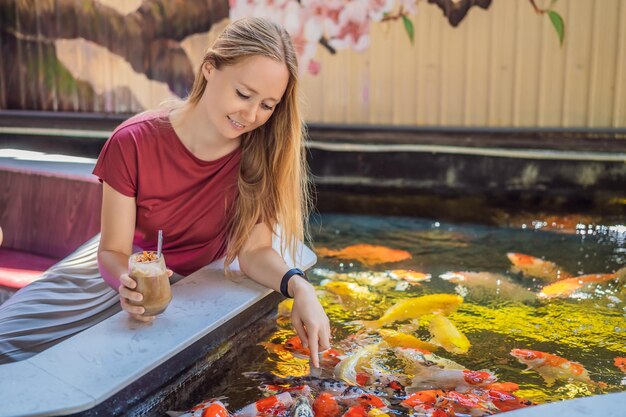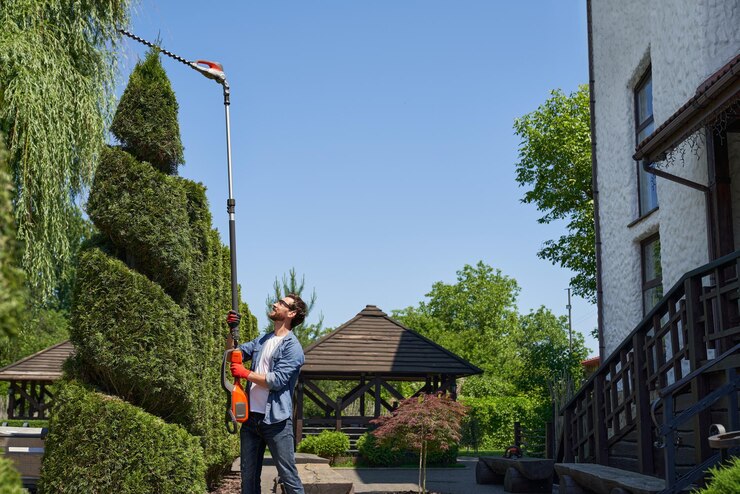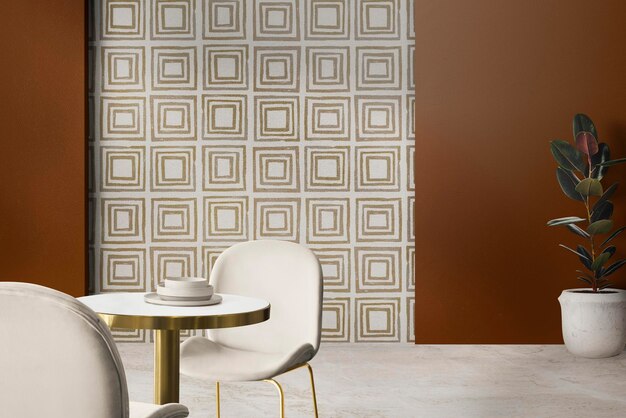Building a koi pond is an exciting project that adds beauty to your outdoor space while creating a peaceful environment for your koi fish. If you’re looking for a pond that lasts and requires minimal maintenance, a polyurea koi pond is an excellent choice. Polyurea is a highly durable and flexible coating that ensures your pond remains leak-free and resistant to wear for years to come.
What is Polyurea, and Why Use It for a Koi Pond?
Polyurea is a type of elastomeric coating known for its exceptional strength, flexibility, and waterproofing capabilities. It’s commonly used in industrial settings for waterproofing, but its benefits make it perfect for koi ponds. Polyurea forms a thick, seamless membrane that adheres to various surfaces like concrete, wood, or steel. This material resists cracking, UV damage, and chemical exposure, ensuring your koi pond can withstand various weather conditions and the wear and tear from water and fish.
Benefits of Polyurea in Koi Pond Construction
- Durability: Polyurea is extremely tough, withstanding impact and abrasion better than many other coatings.
- Flexibility: The coating can stretch and move without breaking, making it ideal for pond structures that may experience shifts.
- Quick Application: Polyurea sets and cures quickly, allowing you to complete your pond faster than with traditional liners.
- Waterproofing: Its waterproof properties prevent leaks and seepage, which is critical for maintaining water quality in a koi pond.
Step-by-Step Guide to Building a Polyurea Koi Pond
1. Plan Your Pond Design
Before you begin building, plan out the dimensions and layout of your pond. The size of your koi pond depends on the number of fish and the available space. Generally, koi require a pond that’s at least 3 feet deep to allow them to swim comfortably and protect them from predators. Larger ponds also offer better water stability.
- Choose a location: Pick a spot that gets partial sunlight and is free from large tree roots that could damage the pond structure.
- Decide on the shape: Rectangular or natural, free-form shapes are popular options. Aesthetics and ease of construction should guide your choice.
2. Dig the Pond and Prepare the Ground
Once your design is ready, start digging. Use stakes and string to mark out the dimensions. Dig your pond to the desired depth, making sure to create shelves along the edges for aquatic plants.
- Excavation tips: Consider renting a backhoe for larger ponds. Ensure the bottom is sloped slightly toward a central drainage area if you plan to install a filtration system.
- Smooth the surface: After digging, remove any sharp rocks or debris that could puncture the polyurea coating. Compact the soil to create a stable foundation.
3. Install the Base Structure
The structure of your pond can be made from materials like concrete, fiberglass, or steel. Concrete is a common choice because it provides a strong, stable base for the polyurea coating.
- Pour the concrete: Create a 4-6 inch thick layer of concrete, shaping it according to your pond design.
- Allow the concrete to cure: This may take several days, depending on the size and climate. Once cured, smooth any rough edges and clean the surface thoroughly.
4. Apply the Polyurea Coating
Applying the polyurea coating is a critical step in ensuring the longevity and waterproofing of your koi pond. It’s best to hire a professional for this step, as polyurea requires specialized equipment and experience to apply correctly.
- Surface preparation: Ensure the surface is dry and free from dust or oil before applying the polyurea. Any contamination can affect the coating’s adhesion.
- Spray application: Polyurea is applied using a high-pressure spray gun. The coating bonds immediately and sets within minutes. It forms a seamless, flexible membrane that conforms to the shape of your pond.
- Thickness: Aim for a coating thickness of 80-100 mils for optimal durability.
5. Install Filtration and Water Features
Proper filtration is essential to keep your koi pond clean and the water quality high. A combination of biological and mechanical filtration systems will help remove waste, algae, and debris from the water.
- Choose the right filter: Koi ponds require high-flow filters due to the waste produced by fish. Look for pond-specific filtration systems that can handle the volume of your pond.
- Add water features: Waterfalls, fountains, or aerators not only enhance the aesthetics of your pond but also promote oxygenation, which is crucial for fish health.
6. Fill the Pond and Test the System
After applying the polyurea and installing the filtration system, it’s time to fill your pond with water. Slowly fill the pond, checking for any leaks or issues.
- Water testing: Once the pond is full, test the water quality, including pH levels and ammonia content. Allow the water to cycle through the filtration system for at least 24 hours before introducing your koi.
7. Add Koi and Aquatic Plants
Once your pond’s water is stable, you can introduce your koi. Koi are hardy fish, but they require specific water conditions to thrive, including stable temperatures and well-oxygenated water. Gradually acclimate the fish to the pond by floating their bags in the water for 15-30 minutes.
- Aquatic plants: Adding plants like water lilies and lotus not only beautifies your pond but also provides shade and shelter for your fish. Plants also help control algae growth by absorbing nutrients from the water.
Maintenance Tips for Your Polyurea Koi Pond
Maintaining your koi pond will ensure it stays healthy and beautiful for years. The good news is that polyurea-coated ponds require less upkeep than traditional ponds with liners.
- Regular cleaning: Use a skimmer to remove debris like leaves and twigs from the surface of the water. Check your filter regularly and clean it as needed.
- Monitor water quality: Test the water weekly to ensure the pH, ammonia, and nitrate levels are within safe ranges for koi.
- Inspect the polyurea coating: While polyurea is highly durable, it’s a good idea to check for any damage or wear periodically, especially after harsh weather conditions.
Conclusion: Enjoy Your Long-Lasting, Beautiful Koi Pond
Building a polyurea koi pond offers a reliable and long-lasting solution for koi enthusiasts. The strength, flexibility, and waterproofing capabilities of polyurea make it ideal for creating a pond that’s both functional and aesthetically pleasing. By following these steps, you can enjoy a beautiful koi pond that adds value to your property and provides a serene environment for your fish.
With minimal maintenance, your polyurea koi pond will be the perfect addition to your outdoor space for years to come.
Stay tuned for the latest updates and notifications from TechBuild, where we bring you cutting-edge insights, trends, and innovations from the world of technology. Don’t miss out on essential information to stay ahead in the tech industry!











